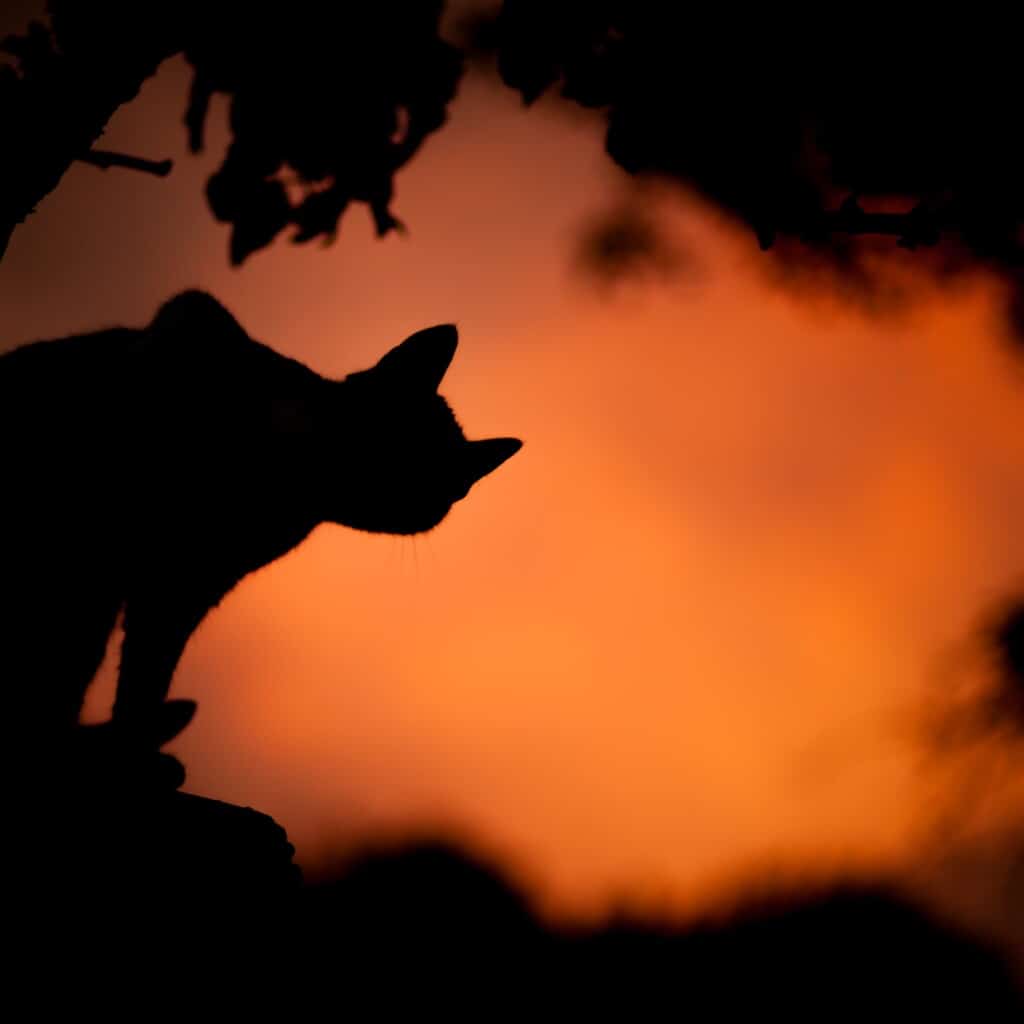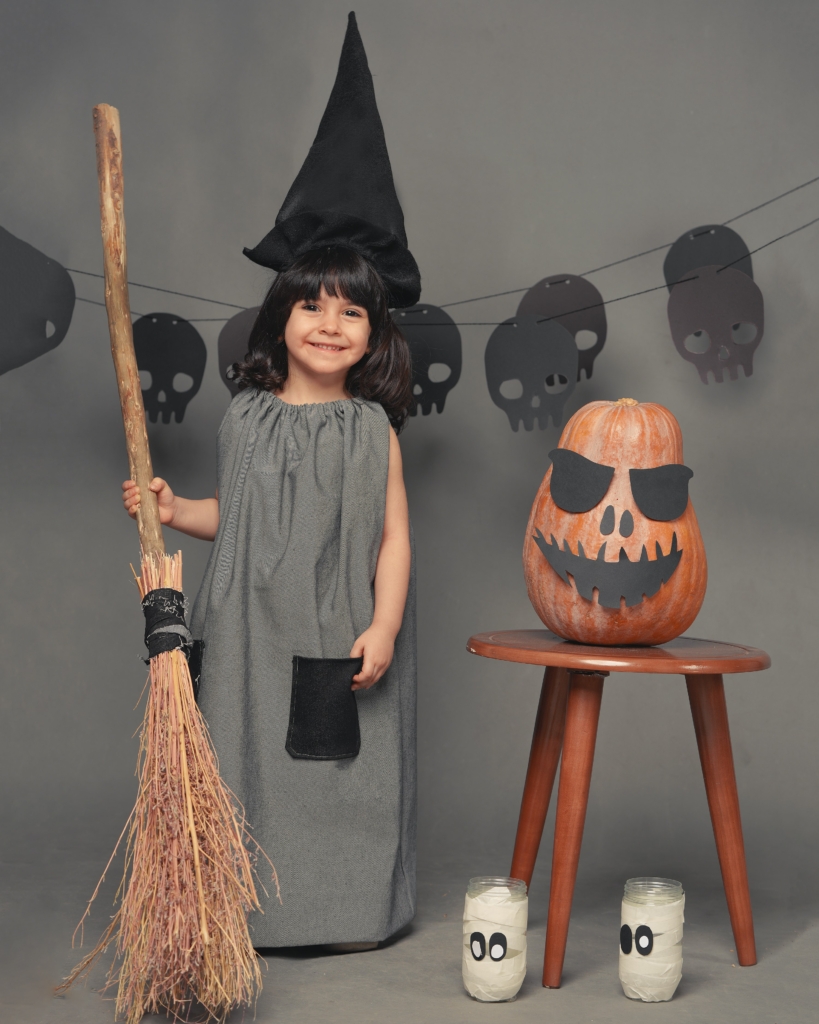
The cool fall breeze and colors of the autumn leaves herald the return of the much-anticipated SPOOKY SEASON. Halloween is my favorite time of year, so believe me when I tell you how pumped I am that October has finally arrived!
Now, while I’m sure we’re all more than ready to put on our clever costumes and haunt outrageous Halloween parties, have you ever thought about where our favorite holiday comes from? To find out, we’ll have to go back to antiquity, all the way to the Samhain.
I’m sure you’re familiar with “All Hallows’ Eve,” the evening before “All Hallows’ Day” (aka All Saints’ Day, Feast of All Hallows, and Hallowmas), but did you know that the origin of Halloween comes from an ancient festival that began many, many centuries ago? The Samhain festival is even on a calendar dating from the 1st century BC — 2,000 years ago.
The Samhain’s origins

Marking the darkening (the summer to winter transition), the Samhain was traditionally celebrated by the ancient Celts in Ireland, Scotland, the Ilse of Man, and parts of Wales and Brittany. It is one of the two most significant of the four quarterly fire festivals (the other being its sister festival, Beltane (or Bealtaine), which marks the winter to summer transition). The Samhain is held at the midway point between the Autumn Equinox and the Winter Solstice, and it signified the end of the harvest season.
Back in ancient times, participation in the Samhain festival was practically mandatory. Every member of the community took part in order to bless their village and livestock, and to ward off malicious spirits. Festivities began with the Druid or Druidess blessing the lighting of the community bonfire. Festival goers would each take a portion of the flame home to light their own hearth fire. These fires provided protection and purification, and as home fires were all lit (or extinguished and re-lit) with flames from the same fire, it also signified the bond among the villagers. This festival focused on bringing positivity into the dark, cold winter. There was a plentiful feast supported by the bountiful harvest, accompanied by drinking, dancing, and story-telling — not too different from today’s celebrations, am I right?
The actual festival lasted just 24 hours; however, the traditional Celtic day started and ended at sunset — so these 24 hours started at sunset on October 31 and lasted until sunset on November 1. At various times throughout history, the parties have lasted one day to several days, and up to three days before and three days after the Samhain! Halloween celebrations of today could never. Although, I’m sure some of us would love to make the attempt!
Christianity became “legal” in the Roman Empire circa 313 AD, and as it spread, the Celts embraced and blended the old pagan and new Christian observances — and the old ones (like the fire festivals) became less about fear and more about joy and marking the passage of the seasons. The Samhain, All Saints Day, and All Souls Day eventually combined to become a single three-day celebration — what a dream for modern-day Halloween lovers! Although, let’s be real. Nowadays we tend to celebrate the season all October long or — at the very least — all of Halloween weekend!

Dumb Supper

Many, many cultures around the world believe that on Halloween the veil that separates the dead from the living is at its most fragile, making it easier for those on the other side to slip through. The Celts believed the souls of their departed loved ones could visit them on the Samhain. Families set extra place settings at the supper table for their departed relatives whom they dearly miss. These special meals are known as “dumb suppers” (to North Americans — this means quiet or silent suppers). The most important aspect of these meals is the connection between the living and the dead, and they are meant to honor loved ones who have passed. Children often play games, and the adults use this time to update loved ones on the news from the past year.
Jack o’lanterns

No Halloween season is complete without pumpkin carving, and the origin of this beloved tradition can be traced back all the way to the Samhain festival when it was celebrated in the Middle Ages. But before the pumpkin jack o’lanterns you know and love — there were turnips! The original jack o’lanterns were carved from turnips and sometimes potatoes, both bountiful crops of Ireland. The transition to the ghoulish-faced vegetables we know today wasn’t made until Celtic immigrants brought the tradition to North America, where pumpkins were plentiful.
Spooky costumes

Back in ancient times, the Celts would dress up as creatures from their myths and legends. And they weren’t just dressing up to show off their style or creative skills — they wanted to trick the malicious spirits into leaving them alone while they were out celebrating! While the traditional witches, angels, and devils are still a popular choice for Samhain, most modern-day costumes include celebrities, Marvel heroes or villains, and Disney characters — figures from our pop culture of today.
Mumming, guising, and souling (aka the OG trick-or-treating)

I bet you didn’t know that the popular tradition of trick-or-treating can be traced all the way back to the ancient Celts, too. That’s right! While trick-or-treating wasn’t part of North American culture until the early 1920s and 1930s, its origins can be traced all the way back to the ancient Celtic lands and the Samhain festival.
“Mumming” is the practice of people dressing up in costumes resembling malevolent beasts or ghosts and ghouls and going door-to-door throughout their villages. They would perform songs for the dead, dance, recite a poem or story, or perform some other jolly antics in exchange for coins or cakes.
Guising was the Scottish equivalent to mumming and was done mainly by the young. Children would dress up in ghoulish costumes and perform some sort of “trick,” like telling jokes, singing a song, or reciting a poem, in exchange for a “treat,” like money, fruit, or sweets.
Another tradition, souling, was a little different — poor residents would visit their wealthier neighbors promising to pray for their dead relatives in exchange for pastries, called “soul cakes.” Later, children took over this practice, going door to door asking for gifts of food, drink, and money.
Both mumming and guising are now mainly done by children and teens, but the tricks for treats aspect is still alive and well. Hence the phrase, “trick-or-treat,” which has traveled across the ocean and continues all over North America to this day!
Samhain Today

While Halloween has evolved from the ancient Samhain festival, the Samhain, itself, is still celebrated today. It’s recognized from October 31st to November 2nd by Celts (like us)!
These three days of celebration are meant for missing and honoring our deceased loved ones, celebrating community (our chosen village), celebrating our accomplishments from the past year, setting goals for the upcoming year, and bringing light and positivity into the coming dark days of the winter cycle. The Samhain is ghostly and uplifting!
